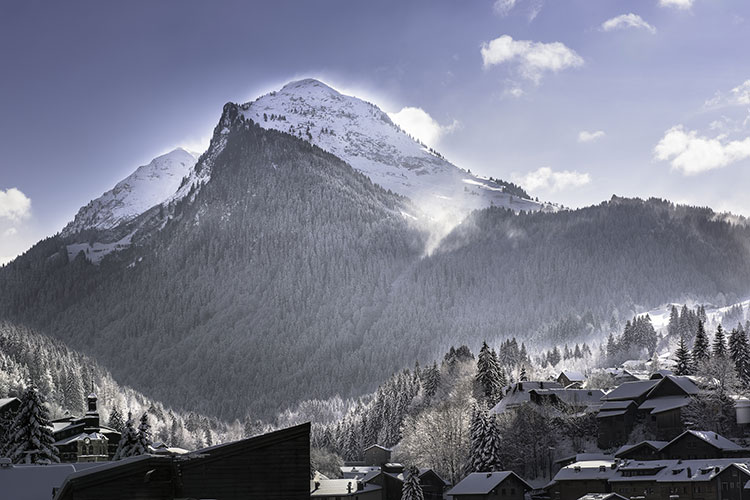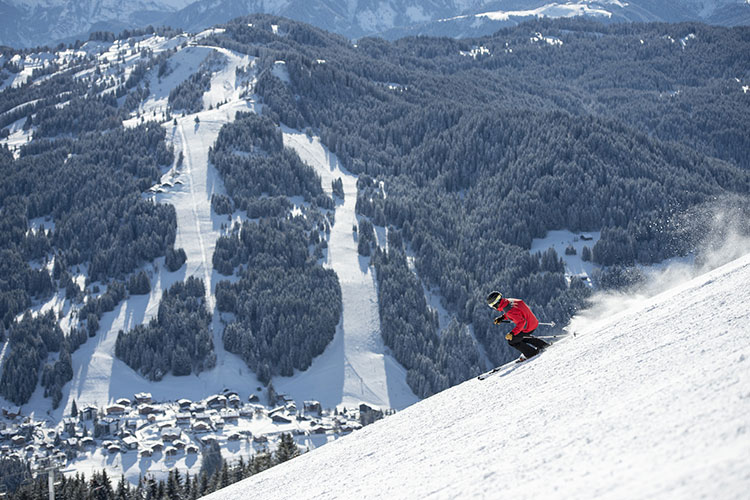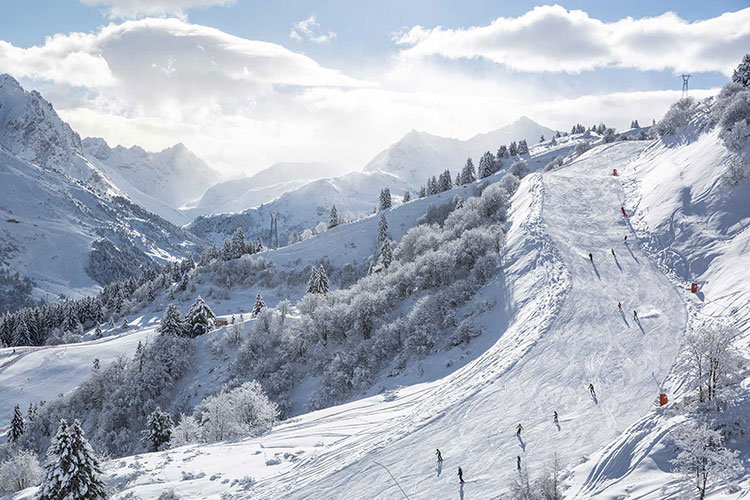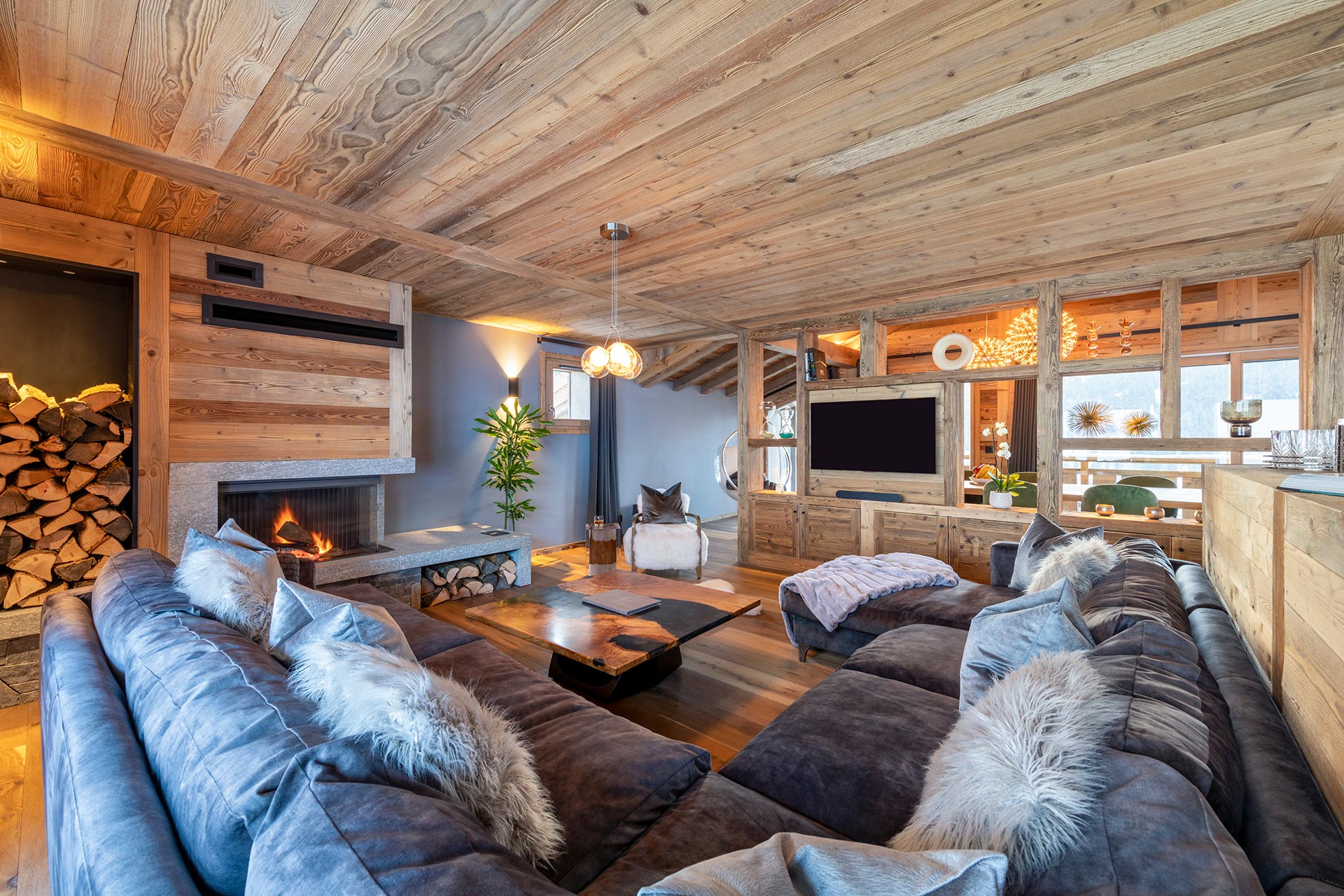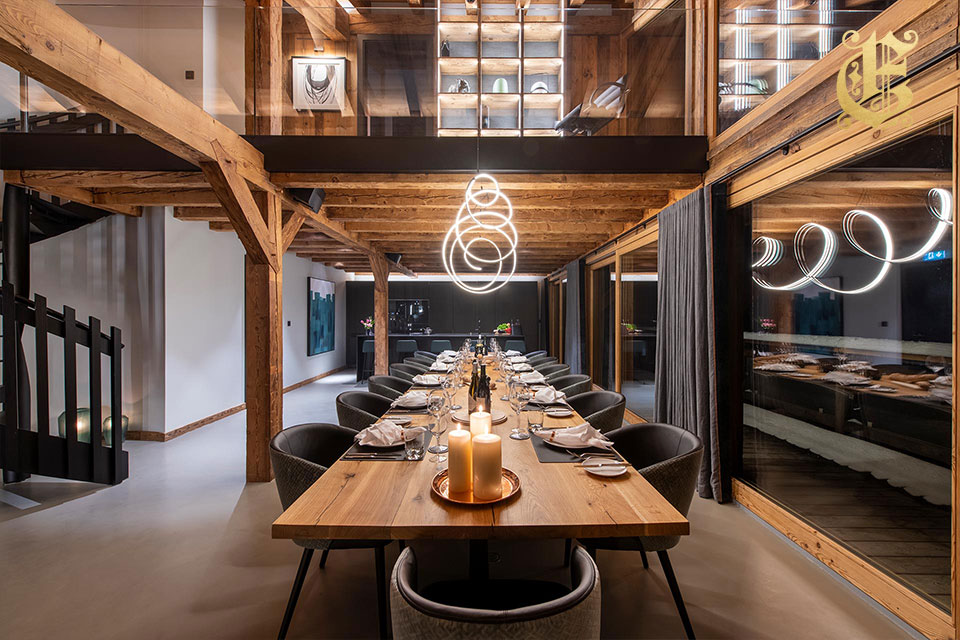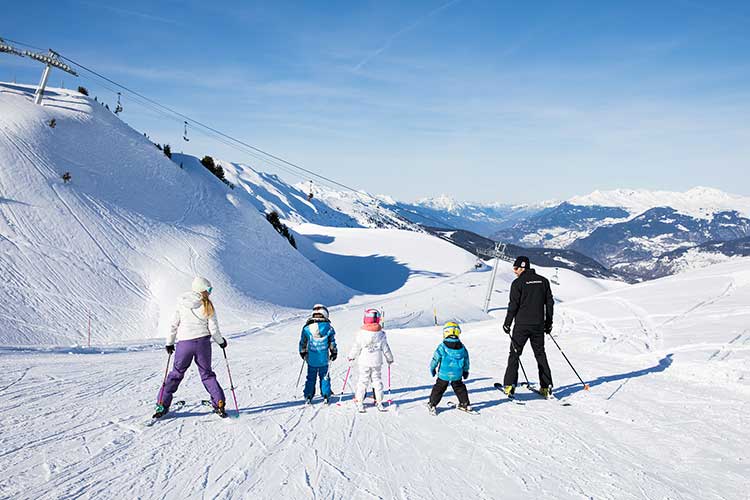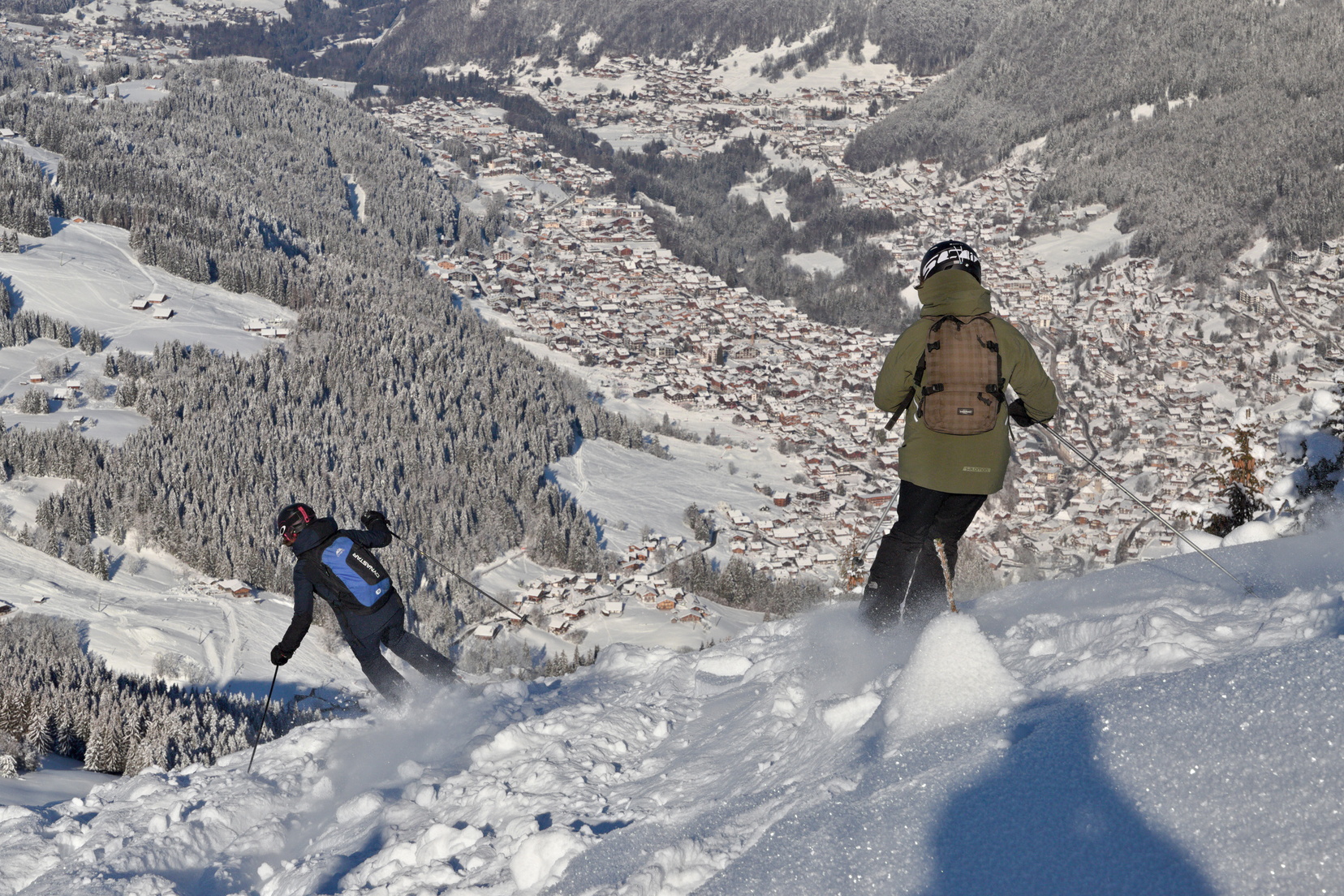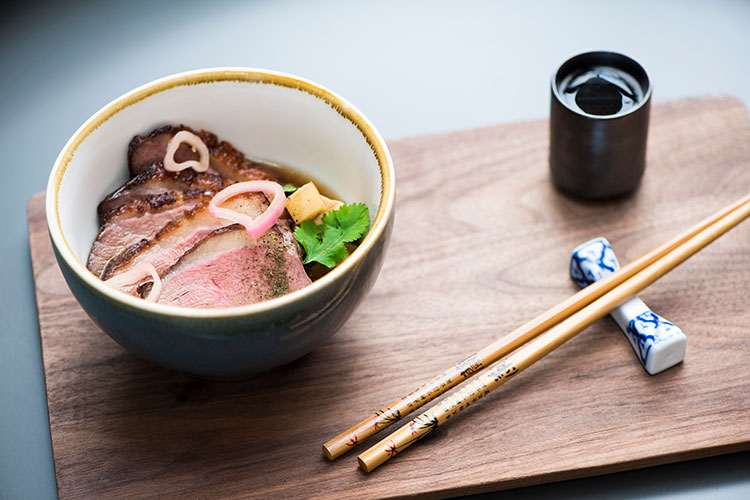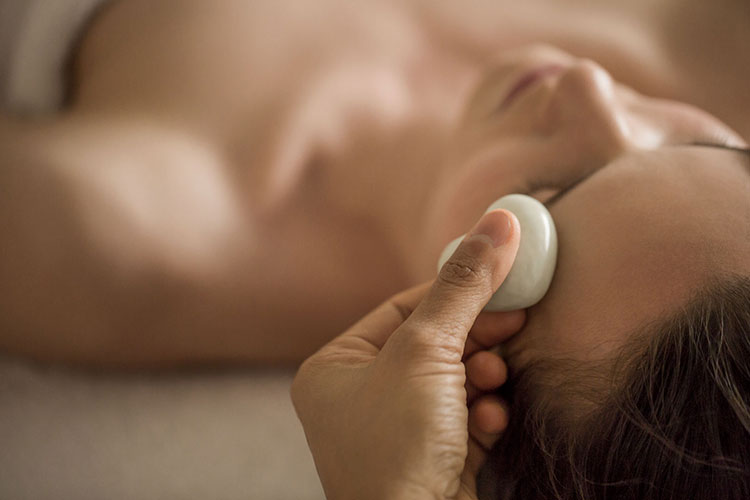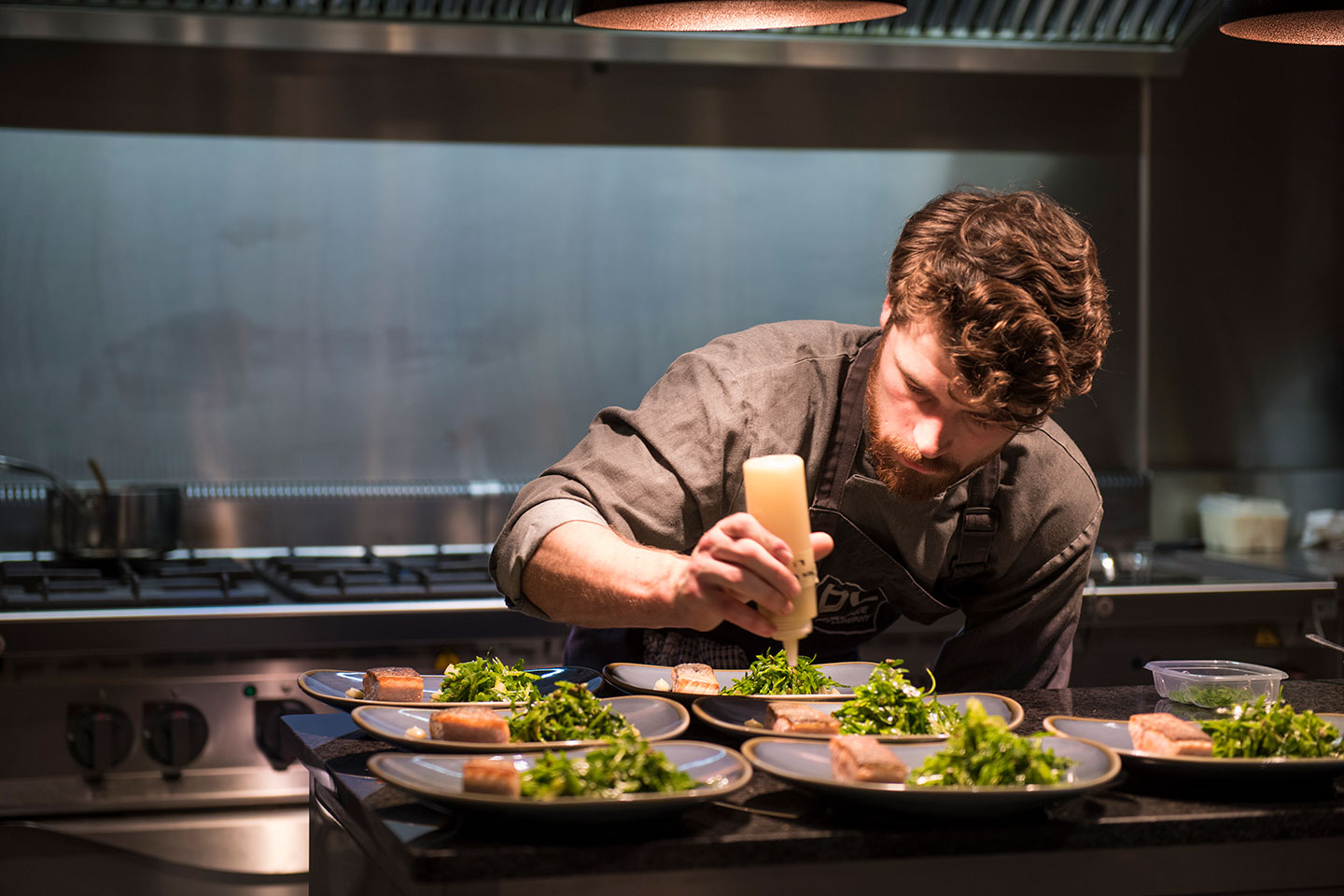After his recent interview with Source Magazine, Nick Lyon Dean talks to us about the changing face of the modern day chalet chef in light of the proliferation of food allergies, intolerances and dietary requirements.
It’s rare to qualify into a profession only to have the parameters of your career keep changing, but nowhere is this more apparent than that of the Chalet Chef. Over the last two decades, the chef’s role has undergone a total transformation, and the goal posts just keep moving, as more recently there has been yet another seismic shift.With more than 150 million Europeans now suffering from chronic allergic diseases it seems everyone now has their very own unique set of dietary requirements. And with a prediction that by 2025 half of the entire EU population will be affected, this isn’t a passing fad (the British market for gluten-free products alone is expected to grow to £561m in 2017). For chefs not up to the challenge, the future is bleak. For those at the top of their game, such as Nick Lyon Dean, the future just keeps getting brighter.
HAVE YOU NOTICED A CHANGE?
Yes, definitely. When I started working in chalets 16 years ago it was rare for people to have allergies and other dietary requirements. You’d have a few vegetarians and maybe a couple of serious allergies per season. Nowadays if you have a week without any dietary requirements it’s a rarity. I think what has also changed in recent years is that people will label whatever foods they are avoiding (for whatever reason) as “allergies”, which can be somewhat misleading!
HOW HAS THAT IMPACTED THE CREATION OF FINE DINING EXPERIENCES?
It has definitely made it more challenging, but I think for the benefit of everyone. 15 years you could produce the same menu week after week and only have to make alterations for dietary requirements every once in a while. The danger there is that it is quite easy to become bored with that scenario. Now it is much harder to follow the same menu plan when you often have 3 or 4 dietaries in any given week, so there is a pressure there to be much more creative. I think guests can definitely tell when their chef is being stimulated creatively and that makes the experience for them all the more enjoyable.
THE UPSIDES
For many chefs working in a chalet gives them the opportunity to be more creative and imaginative than working in a restaurant might do, and so having a multitude of dietary requirements actually provides a catalyst for that creativity which can be quite exciting. On top of that you have to consider that the range of produce and ingredients that can be sourced in the mountains is fairly limited compared to the UK, and so it can be quite hard to get the ingredients required for, say, a paleo diet. On the other hand it does provide a great opportunity for us as chefs not only to learn about different allergies and diets, but also how to cater for them in new and exciting ways with the resources that we have.
THE DOWNSIDES
I think because a lot of FAD diets are being listed as allergies, it can mean, in the industry as a whole, that legitimate allergies are not taken as seriously as they should be. People need to be more honest about why they are not eating certain foodstuffs and this in turn will engender a higher level of respect from chefs. If I’m told that a guest doesn’t eat a certain food because they are following a particular diet then I will respect that, whereas (as has happened several times) instances of guests who declare themselves as vegetarian then ask for a steak tends to generate a certain amount of cynicism! However at the end of the day at the luxury end of the market satisfying and exceeding guest whims, however bizarre, is what creates an enormous amount of job satisfaction and is why we return season after season.We get to create and find solutions.
